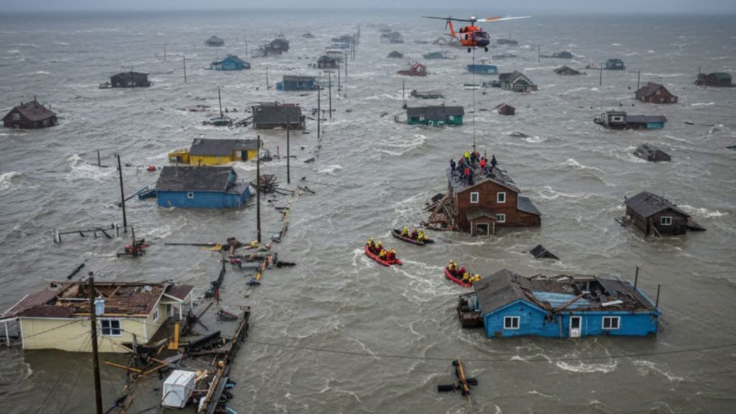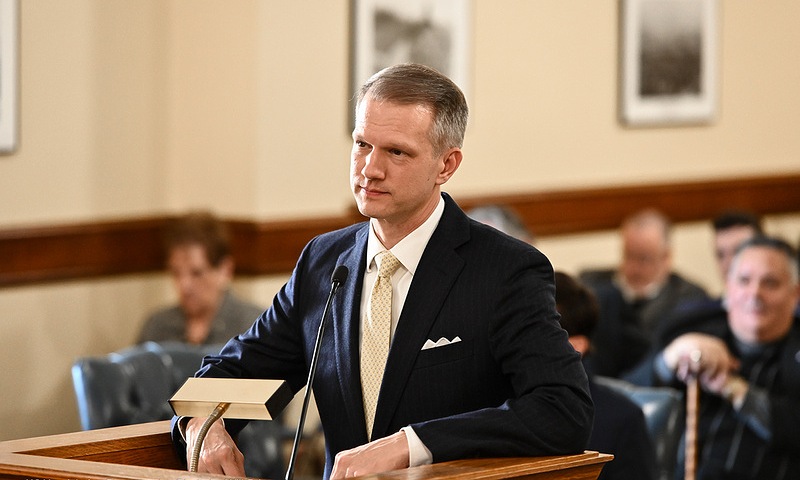A massive storm, the remnants of Typhoon Halong, hit western Alaska with destructive winds and floods that wiped out entire neighborhoods. In Kipnuk, about 90% of homes collapsed, while in Kwigillingok, many houses floated away or filled with water. The destruction left thousands of people without shelter.
Governor Mike Dunleavy said the damage was so severe that some communities might remain uninhabitable for at least 18 months. He has asked the federal government for a disaster declaration, hoping to speed up funding and assistance. He also noted that rebuilding during the harsh winter will be nearly impossible.
Temporary Shelters and Relief Efforts
Evacuees now stay in shelters across Anchorage and nearby towns. Many arrived on military and National Guard aircraft. Large halls and sports centers have been turned into temporary homes for affected families.
The state’s emergency team is focusing on providing food, water, heat, and sanitation. Officials are also trying to move people into short-term housing before transitioning them into permanent homes. Because most affected areas are remote, moving supplies and workers remains a major challenge. Roads and airstrips have suffered heavy damage, slowing relief delivery.
Human Impact and Community Resilience
For many families, the losses go beyond property. They lost family heirlooms, traditional tools, and sources of income. Schools remain closed, and healthcare facilities are struggling to reopen. Despite these setbacks, community leaders say the spirit of cooperation among Alaska Native villages remains strong.
Volunteers continue to share food and resources. Local elders encourage people to stay hopeful, reminding everyone that the region has overcome harsh disasters in the past. While life in shelters is difficult, unity gives many residents the strength to keep pushing forward.
State and Federal Actions
Governor Dunleavy continues to coordinate with federal agencies to secure financial aid. He said rebuilding efforts will begin once temperatures rise and ice melts. The government’s main goals include restoring housing, rebuilding damaged infrastructure, and ensuring clean water access.
Officials also plan to use local contractors for reconstruction, allowing displaced residents to earn income through recovery work. The governor added that long-term rebuilding will depend on strong partnerships between the state, federal agencies, and affected communities.
Conclusion
The Alaska storm left widespread devastation, forcing thousands of residents from their homes. While the road to recovery will take over a year, the combined efforts of state leaders, local communities, and federal agencies show a strong commitment to rebuilding. Although the journey ahead looks tough, the determination of Alaskans continues to shine through adversity.
Bonus Read: New Jersey Emergency as Nor’easter Nears, Alaska Battles Deadly Flooding



